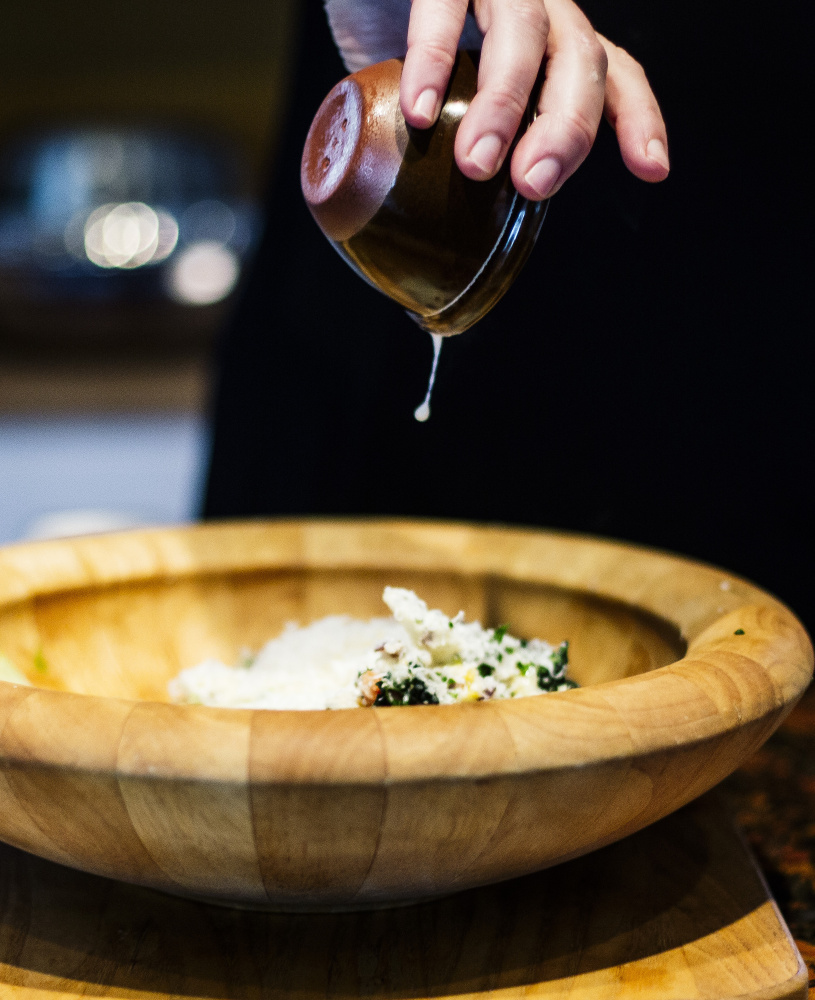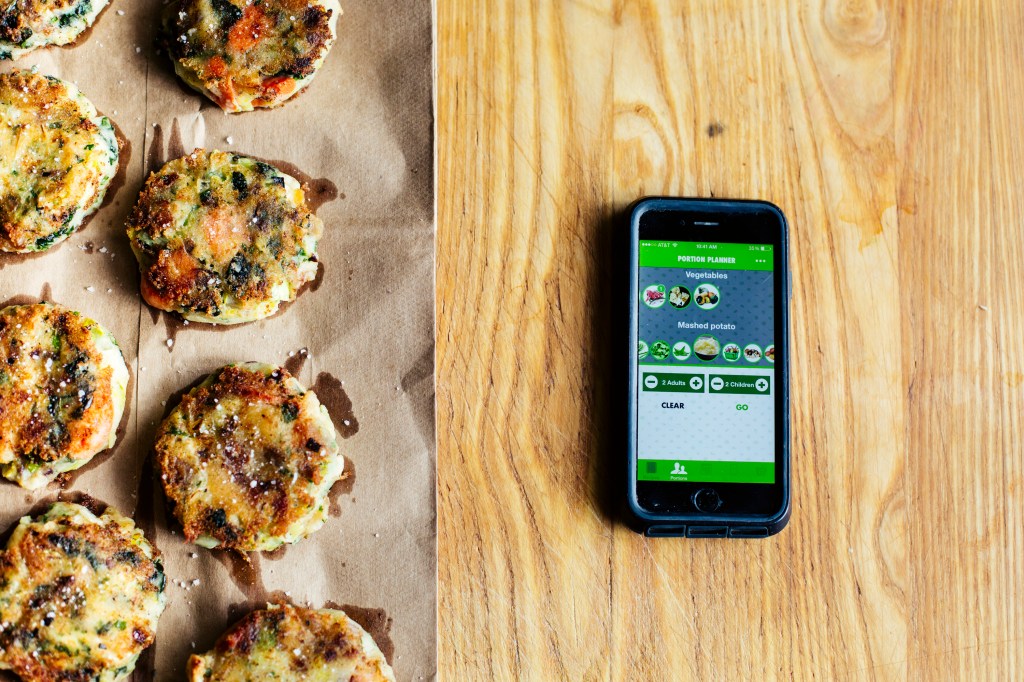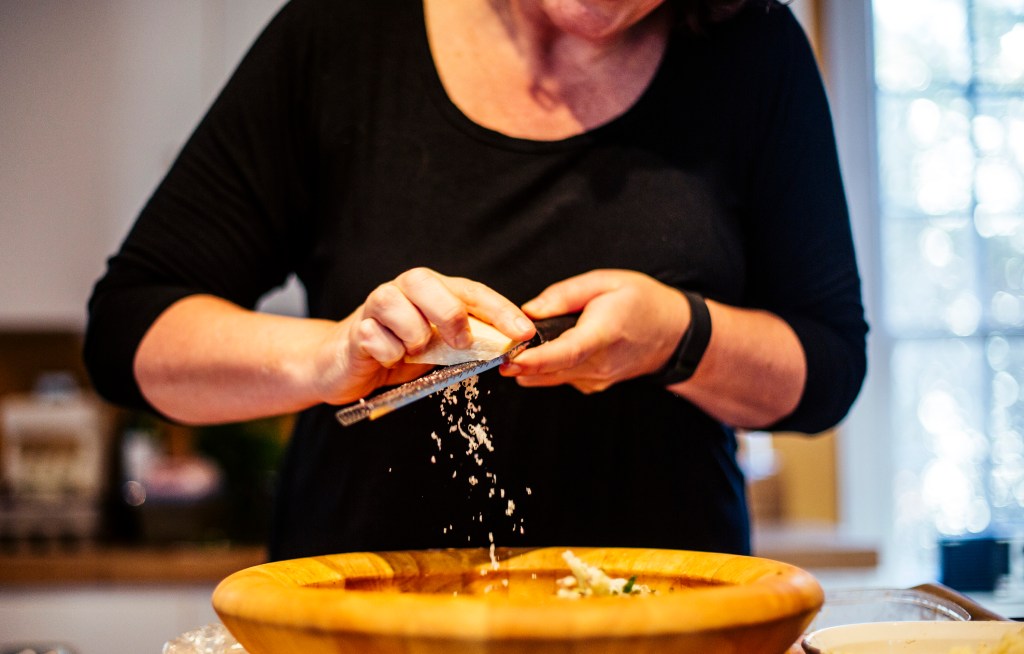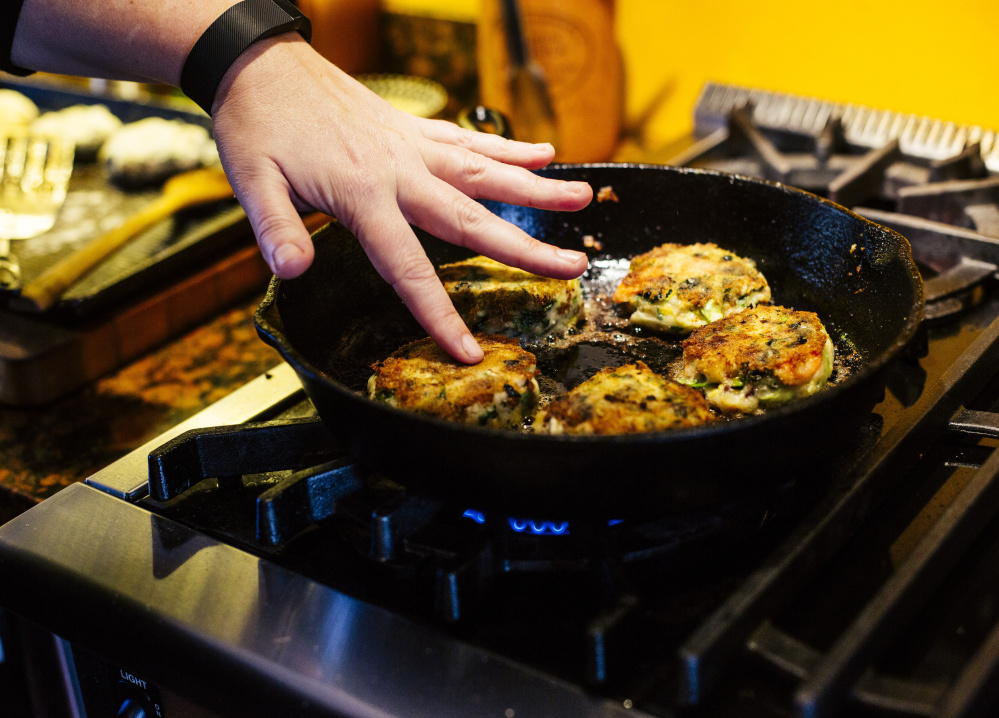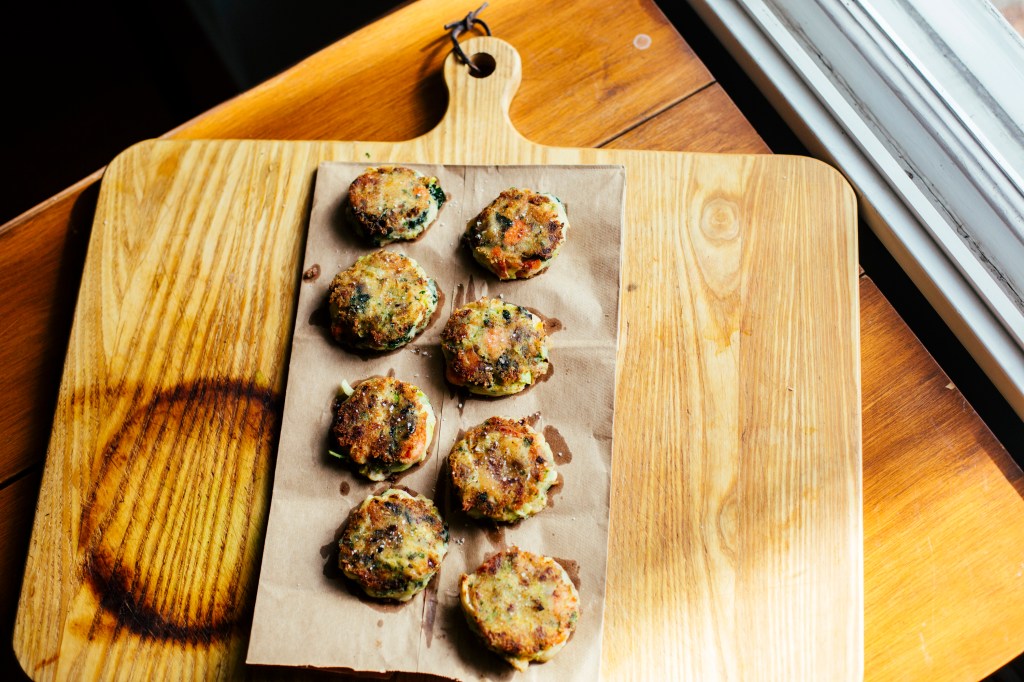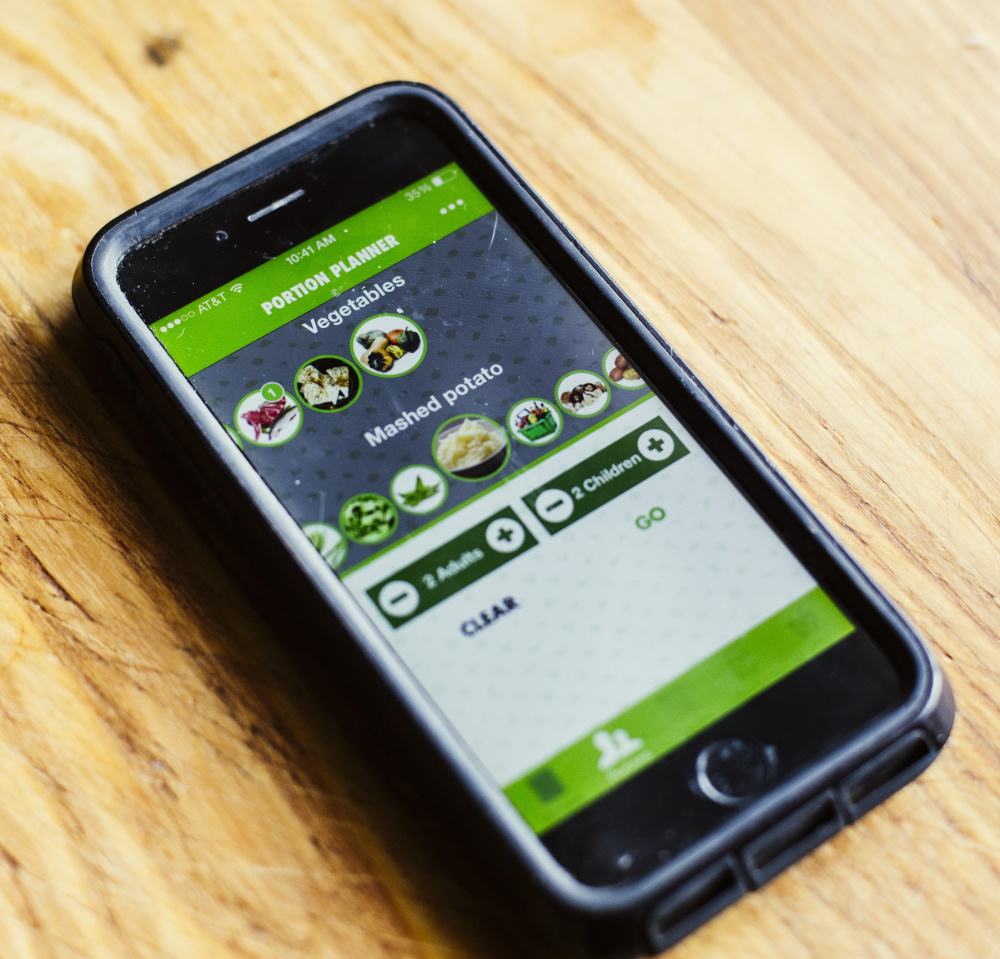My husband and I bought FitBits for each other for Christmas. If concern for our aging systems alone could not spur us to exercise, perhaps our competitive spirits would push us to outstep each other for bragging rights and better health.
That’s also the motivation for mobile apps that have been developed to help users adopt sustainable lifestyles. Like a FitBit, they track the steps you take – physical ones like walking between points A and B, mental ones like remembering to turn lights off, or economic ones like buying green products.
I used to edit product reviews for a computer magazine. Given my experience, I appointed myself to review some of these apps.
For an apples-to-apples comparison, I made a wide versus deep judgment call. Some of the apps are general purpose sustainable living apps that track some eating actions, while others hone in on sustainable eating, and mostly on one aspect, such as curbing food waste.
I could find only one holistic sustainable lifestyle app with a decent focus on eaters’ attempts to sustainably source, prepare and store food.
JouleBug is a free program that runs on both iPhone and Android devices, which you can download via iTunes or GooglePlay, respectively. The food-related actions I could track (and subsequently weigh against other sustainable activities) included avoiding product packaging via reusable containers, reducing meat consumption, buying local food and drink, packing lunch, using leftovers and composting.
Each time I finished a task, I hit the app’s “Buzz” button, which both tallied my sustainability points and bragged to my Facebook friends and Twitter followers about how sustainable I was being.
If you want an incentivizing, all-purpose app that factors food consumption into the equation, I can recommend JouleBug, with the caveat that its addictive nature increases screen time significantly.
For a deeper electronic dive into sustainable food practices, you’ll need to have multiple panes open simultaneously.
On the purchasing side, the Monterey Bay Aquarium Seafood Watch has converted its regional charts that rate which fish species are best to eat into a handy app form. I checked and found that recent rating changes (like Maine farmed salmon being upgraded to “good alternative”) were propagated to the program quickly.
On the downside, the only place this free app told me I could buy sustainable seafood in Portland was Whole Foods. Both Hannaford and Shaw’s source seafood responsibly, and many local fishmongers sell local, sustainable seafood, too.
Both the Environmental Working Group’s Food Scores app and another program called How Good scan barcodes and serve up information about how good the product is for both eaters and the planet.
Food Scores could identify seven and How Good scored six of the 10 products I scanned. Neither had information on local products (Oakhurst milk and butter) or the specialty products (a USDA-certified organic whole grain from Italy and rice from California) that I scanned, but I’d expect these apps to improve once their databases fill out.
Two apps help eaters select seasonal produce. Seasons (which runs only on iPhones and costs $2) is better than Localvore (free for iPhone and Androids) for our locale, as the latter told me the only thing in season right now was snow. I would have given it points for imagination if the corresponding recipe file included instructions for maple snow cones, but it did not.
A number of shopping apps let you track what’s in your pantry, refrigerator and freezer either to prevent you from buying excess food or to ensure it doesn’t hang around too long. Some, like Grocery IQ or Ziplist, maintain a list; others, like the USDA app FoodKeeper, link to your Google calendar so you know when to use up the ground beef that has been in your freezer for more than two months.
My favorite app by far is the Love Food Hate Waste one built by the maintainers of a British-based website with the same name. It supports some Android devices (not mine, unfortunately) and all iPhones and helps cooks cut food waste by providing recipes (like bubble and squeak cakes, see recipe) based on the leftover food that’s already in the kitchen. Tools help plan meals two weeks out and a portion calculator helps determine the amount to buy to avoid wasting any.
Christine Burns Rudalevige is a food writer, a recipe developer and tester, and a cooking teacher in Brunswick. Contact her at cburns1227@gmail.com.
Send questions/comments to the editors.


